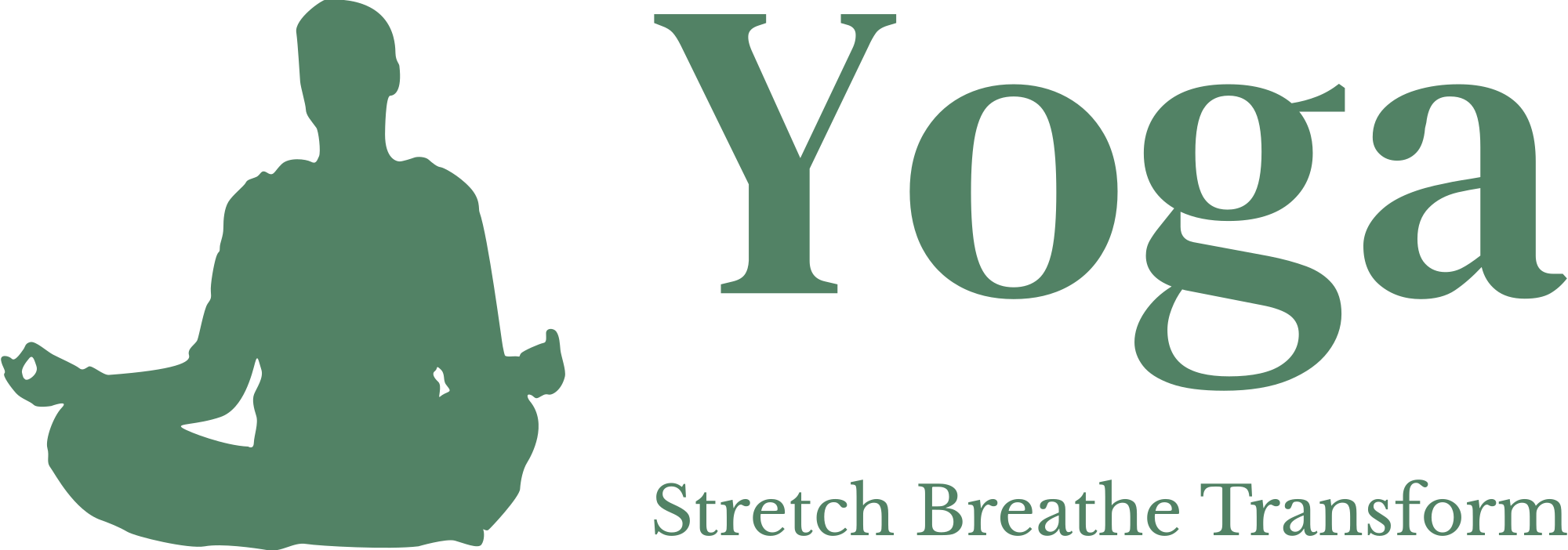
15 Mins Yoga Nidra For Deep Sleep whether you’re battling insomnia, grappling with anxiety, seeking to alleviate stress, or embarking on a journey of inner exploration for spiritual growth, a 15-minute Yoga Nidra session. This deep, relaxing yogic meditation technique is designed to not only promote better sleep but also cultivate profound inner awareness and holistic well-being.
Sleeplessness is a common challenge that most of us have encountered at some point in our lives. While for some, a restless night might be an occasional occurrence, for others, it can persist for an extended period, affecting overall health and quality of life. Regardless of the underlying reasons for sleep disturbances, the desire for restful and rejuvenating sleep is universal.
What is Yoga Nidra
Yoga Nidra, often described as conscious sleep, is a profound practice that bridges the realms of relaxation and meditation. It’s a state where mindfulness transcends into the subconscious, creating a unique space for inner exploration and rejuvenation. This ancient technique offers a transformative journey towards deep relaxation and heightened awareness.
In a guided Yoga Nidra session, practitioners are led through a structured series of instructions aimed at inducing a state of complete emptiness and relaxation. By drawing the senses inward and surrendering to the words of the instructor, participants embark on a journey towards inner stillness and tranquility. Today, Yoga Nidra serves as a powerful tool for achieving profound relaxation and expanding consciousness, making it a cornerstone practice in modern wellness routines.
Yoga Nidra session By Bharat Shetty
There are many approaches to yoga nidra and none can be right or wrong as what one experiences is what that matters the most. Here is how to practice Yoga nidra. If you are a beginner to yoga nidra, we suggest you to practice a guided yoga nidra first. Once you feel comfortable and ready enough, you can begin to practice on your own as well.
Taking a sankalpa
Remember when you do something with a purpose, the challenges that come your way become easy to handle. A sankalpa is very important. A lot of people start..but only a few are able to complete.. Those few who do, have a strong sankalpa and they work towards it with one pointedness.
Let us start small. Let us take a sankalpa of getting deeply relaxed, calm and aware..
Body Scanning during Yoga Nidra
When you are ready and determined, start with a simple technique of moving your awareness to the physical body. Now this might seem simple but it can be challenging if you are trying for the first time. Part by part, move your awareness from the feet to head, trying to release the muscle tension from the whole body. It makes you aware of each and every part of the body which we sometimes fail to notice.
Breath awareness in Yoga Nidra
Once the body is relaxed, move your awareness to the breath. Though it may be felt only up to the throat and lungs, its impact reaches the whole body. Try to see how it impacts you on the physical as well as the pranic level. Breath awareness helps to break our thought stream from the outside and make us turn more inwards. This is the time the body is undergoing deeper shifts which one cannot comprehend verbally. Once you experience it, you might start to enjoy the new awareness around your breath.
Sensations in Yoga Nidra
As you delve deeper into awareness, you might start to notice the response of the body to the breath. For example; As you exhale, you might start to feel the body getting heavy and surrendering to the floor. As you inhale, you will feel more energy and lightness inside.
This new dimension of awareness tends to give us more acceptance and control of ourselves, which gives us more freedom of movement, freedom of thought, and freedom of living.
Visualisations in Yoga Nidra
Once you are comfortable with your breath and the body, the next stage is to step out of the physical surroundings and be able to see beyond into oblivion. To begin with, simple visualisations of nature can be used as they are most comprehensible. One is actually supposed to just give into their imagination and use their presence to create a scene of nature which would soothe them if they were to be actually there.
Returning
As easy as it sounds, it’s hard to return from an energetically uplifting experience. The aim is to bring that sensory experience with yourself back into reality… to the present. Once you are able to do that, your best sleep will be just around the corner.
Who is Bharat Shetty

Bharat Shetty was born on 19th March 1979, in Udupi, a town in South Karnataka, India. Practicing yoga at an early age, he was further drawn to the practice after yoga helped him manage chronic asthma he suffered from. His first teacher was Yogacharya Kumara at the Shantivana Trust, close to his hometown. As a kid Bharat Shetty was always a keen observer and an avid learner. Most of his learnings and practice in the early period was very natural and self-taught without formal training. He was a loving son and insightful student of mother nature.
When a bus accident in 1999 incapacitated his legs, he steadfastly worked on his recovery and was able to walk again soon after. He credits this revival to the inner strength he acquired through his yoga practice.
In 2002, he personally studied and trained with world-renowned Yoga Guru, Padma Vibhushan B.K.S. Iyengar, in Pune, India. This was an invaluable experience that helped further deepen his knowledge and insight into yoga.




